This is my travel diary of my trip to Egypt. It contains in detail my memories of what I did and saw.
Monday November 2, 2015
Egypt: Day 12, Part 1 – Valley of the Kings
Once again, I awoke early to finish packing as we’d not be returning to the cruise ship, our bags instead would be taken onto our next hotel. I paid the last of my bill and then we all piled into a bus to take us to the Valley of the Kings. We crossed the Nile and past green fields and local houses and came out into a lunar moonscape. I strained to try to see the other tombs and temples I wouldn’t have time to visit. Even the Howard Carter House was a dusty blur.
The Welcome Center entrance was pretty empty and forlorn. I could picture the massive lines and tour groups this building was designed to hold. But beyond a few others milling about, it was empty. Another sign of the past good times came in the form of the tickets. When you buy the tickets for King Tut you get two tickets. I at first thought this was a mistake and joked with another tour member that we should split the cost! But as others purchased their tickets it suddenly made sense. They’ve doubled the cost of what the ticket use to cost! And they still have a stockpile of the old tickets, so they simply staple two of them together to prove you’ve paid the new price. Beyond the included 3 tombs, I paid 100 EGP for King Tut, and 50 EGP to see Ramesses VI’s tomb.
We then took a little yellow tram up to the Valley. They checked us for cameras, so alas I have no photos. (They’ve since changed it so you can pay to take photos. Darn!) I am thankful some of my group members snapped a photo of me at the gate before we handed over our cameras.
It was very hot in the Valley. I drank a few bottles of water (including ones with hydration powder) and I was still thirsty. I also used my mister and sunscreen a lot. I don’t think I could handle the Valley if you had to wait in line to access the tombs.
The first tomb we went into was Ramesses IX’s tomb known as KV6. I’ll be honest, without photographs and any notes, I cannot really remember what the tomb was like. But I do know it is one of the first tombs in the Valley, and our guide wasn’t allowed to talk to us about it inside, so he gave us an explanation and sent us on our way. After the wide entrance (strange for a tomb) the light quickly grows dim even though its a “straight” tomb that keeps going slightly downward. I went slowly, looking at the details in the tomb. I tried to imagine being an artist in this tomb, working in the middle of nowhere by the light of fire. The deep cuts for the reliefs and the colors on the wall are fascinating. A mix of larger than life depictions of gods and the pharaoh adorn the walls with smaller scenes here and there. I do remember the dark blue ceiling with gold figures throughout the tomb. I also remember the many cobras in the scenes. I did find this video that shows some of the tomb:
And its schematics:

By R.F.Morgan – Own work, CC BY-SA 3.0, Link
Some other good photos here.
Afterwards, we walked a little bit before entering Merneptah’s Tomb (KV8). I remember it being tucked away in its own branch of the Valley. I remember it being a large and wide tomb that we visited. Probably the most stunning part was the low relief figures at the start of the tomb. While it is a large tomb, as you go deeper the art hasn’t survived well. At the end is a large burial chamber, with the outer stone sarcophagus in the shape of a cartouche. One thing to know, the tombs are still hot and a little humid even that far underground. I tried very hard not to use my mister in the tombs as I didn’t want to damange the paint with added humidity.
Again, here is a random person’s video and schematics of the tomb:

By R.F.Morgan – Own work, CC BY-SA 3.0, Link
Some other good photos here.
We waited a bit for some large tour groups to pass so we could have more of the next tomb to ourselves. It was hard waiting in the lack of shade. I covertly ate some granola bars and some hydration powder. It wasn’t even noon yet and it was getting hotter. Again I was thankful that so few tourists were here. I had heard in its hayday people waited hours in line.
The next tomb we visited was Ramesses III tomb (KV11). This is another large tomb. It does make a right turn, probably due to running into another nearby tomb (Amenmesse KV10) when it was first being built for Setnakhte. This tomb wasn’t as colorful as some of the other tombs, but not in the sense that it lost it’s color, but more the figures, not the text, was given more of the color treatment. I remember large sun disks, long wavy snake tails, and a story that seemed to go throughout an entire wall. There are also little alcoves, and in some you can see harpists playing. Then in the room where the turn occurs, larger than life gods and pharaoh make offerings in various poses and dress. Then it goes into a long downward slope, with larger chambers with 4 decorated pillars. Sadly, the main burial chamber isn’t preserved and is partially collapsed so you have an anti-climatic darken hallway and gate at the end of this tomb.
Again, here is a random person’s video and schematics of the tomb:
Tomb of Ramsses III (KV11) – Valley of the Kings

By R.F.Morgan – Own work, CC BY-SA 3.0, Link
There are some other good photos here.
Important reminder if you visit, there are no bathrooms or food/drink vendors in the Valley. This is probably the only time I worried about running out of water. (I didn’t.)
After we’d seen the 3 included tombs, we then went to the premium extra tombs. First up: Ramesses VI (KV9). It is one of the best preserved and beautiful tombs that you can see. Originally made for Ramesses V, his uncle Ramesses VI repurposed the tomb later on. This tomb also accidentally ran into another tomb (KV12).
This tomb is breathtaking. Large antichambers with pillars. Inky-dark ceilings filled with gods and the goddess Nut holding everything together. Winged cobras gliding down the ramps with you. And at the end, a massively large burial chamber with an equally large smashed black stone sarcophagus. I sat in silence in this chamber, wishing I could take photos. It was the most beautiful tomb I’d been in.
Again, here is a random person’s video and schematics of the tomb:
Ramesses the Sixth Burial Chamber
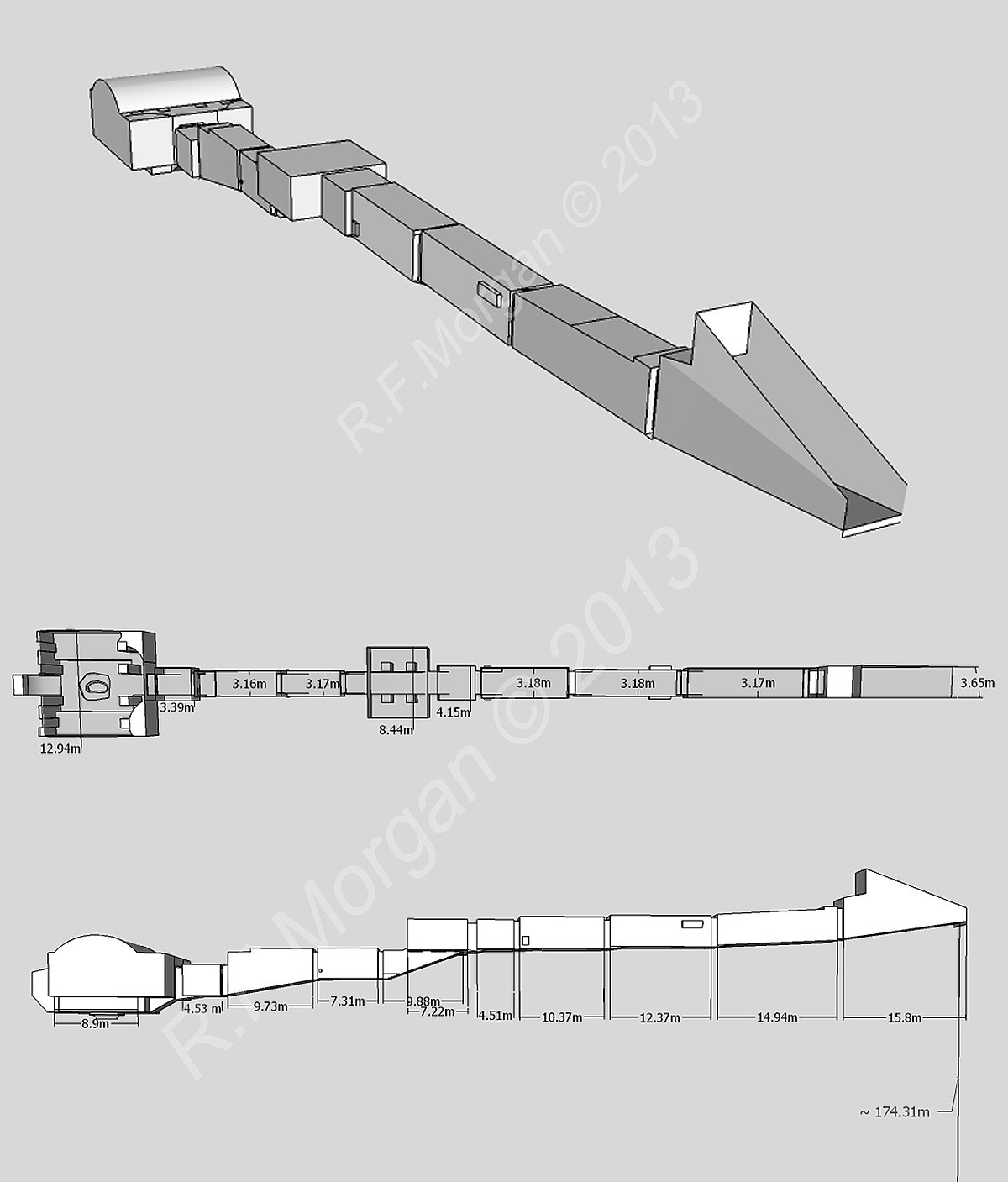
By R.F.Morgan – Own work, CC BY-SA 3.0, Link
I knew once I left, I couldn’t come back. But I wanted to beat the other people in my group to King Tut’s tomb. I knew it was smaller and didn’t want to feel the crush of people in it. So I took a wistful last look of KV9 and headed to see King Tut.
We were lucky. Tut’s tomb had been closed for renovations in preparation for the anniversary of its discovery. So not only was I not going to see the infamous King Tut Death Mask…but not even him and his tomb. But luckily the renovations were done! And they hadn’t announced it was open again yet, so there weren’t that many people around. I entered just as two people left. Down a short set of stairs I entered the first chamber.
On my left was the boy-king himself! His mummy blacken by the mummification process was dressed in clean loose linen and in a climate controlled glass box. You couldn’t see more than his head and feet, but I could recall the CT Scans from various museum exhibits and History Channel specials.
After looking at the dead king, I realized this room was unfinished…and the ceiling not very high. An older man, a guard, was the only living occupant of the tomb. He smiled and made a joke about how pretty I was and if I wanted to be his girlfriend. I made some small talk, and then he thankfully left me alone.
They warn you before going in. After seeing other tombs you’ll be disappointed. It’s smaller. There really is only one room with art on it, and its painted on. I knew that and didn’t care. I took in the art for what it was…a quickly done job. It was…disappointing…if you were matching it up against the wonders I saw earlier.
One wall had some baboons repeated on the walls. The other larger wall has a few different depictions of King Tut and other gods on it. These are painted on. No carvings or reliefs. Spots of ancient mold pot mark the paint, not even fully dry when the tomb was sealed. In the center, one of the golden sarcophagi sits in the center of the room. You cannot even see one of the wall’s decorations. But even still, I stayed in the tomb for over 20 minutes completely alone save for Tut and the guard. Around this time the tomb was going to be scanned to see if the wall hid secret chambers. And although now we know there isn’t, at that point I could SEE a lip of where a hidden door was. You could see a slight indentation, an easy to see rectangle where they think a sealed room lies. So I stood in silence, enjoying being the only person in the tomb.
It’s also interesting to think that these small rooms were filled with what we consider to be the most amazing treasures ever found. For example, the main chamber was filled with room-sized nesting-doll-like shrines. HOW? How did they do that? I can only imagine what treasures the other tombs had.

By R.F.Morgan – Own work, CC BY-SA 3.0, Link
Once more people started to enter the tomb I left to wait outside. I had my private audience with the King. Now I just wanted to get somewhere cool. Too bad the next stop, Hatshepsut Temple, wasn’t going to offer much shade. Instead, we clambered back onto the mini trains and onto the bus to head towards the next stop on the West Bank.

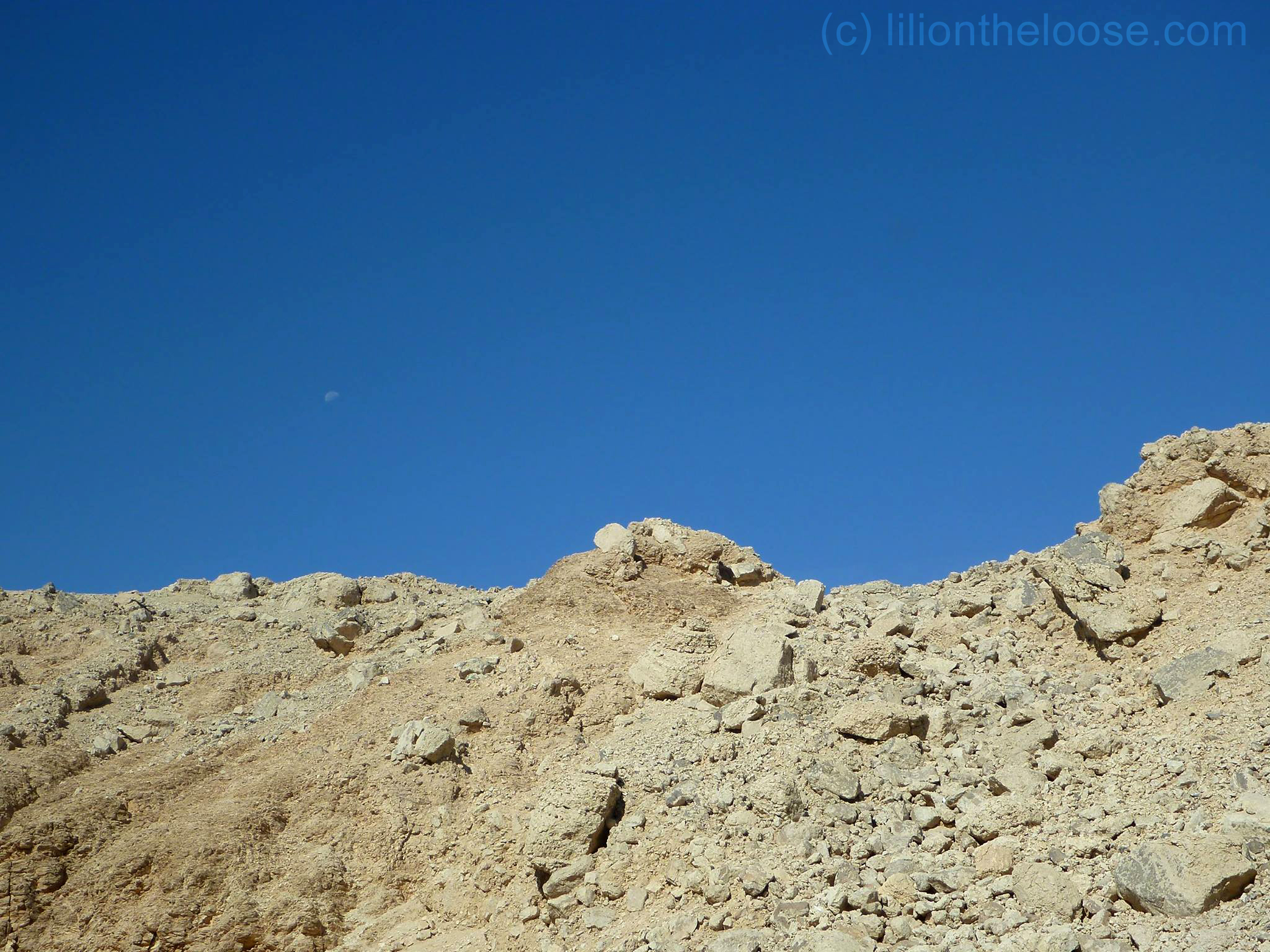
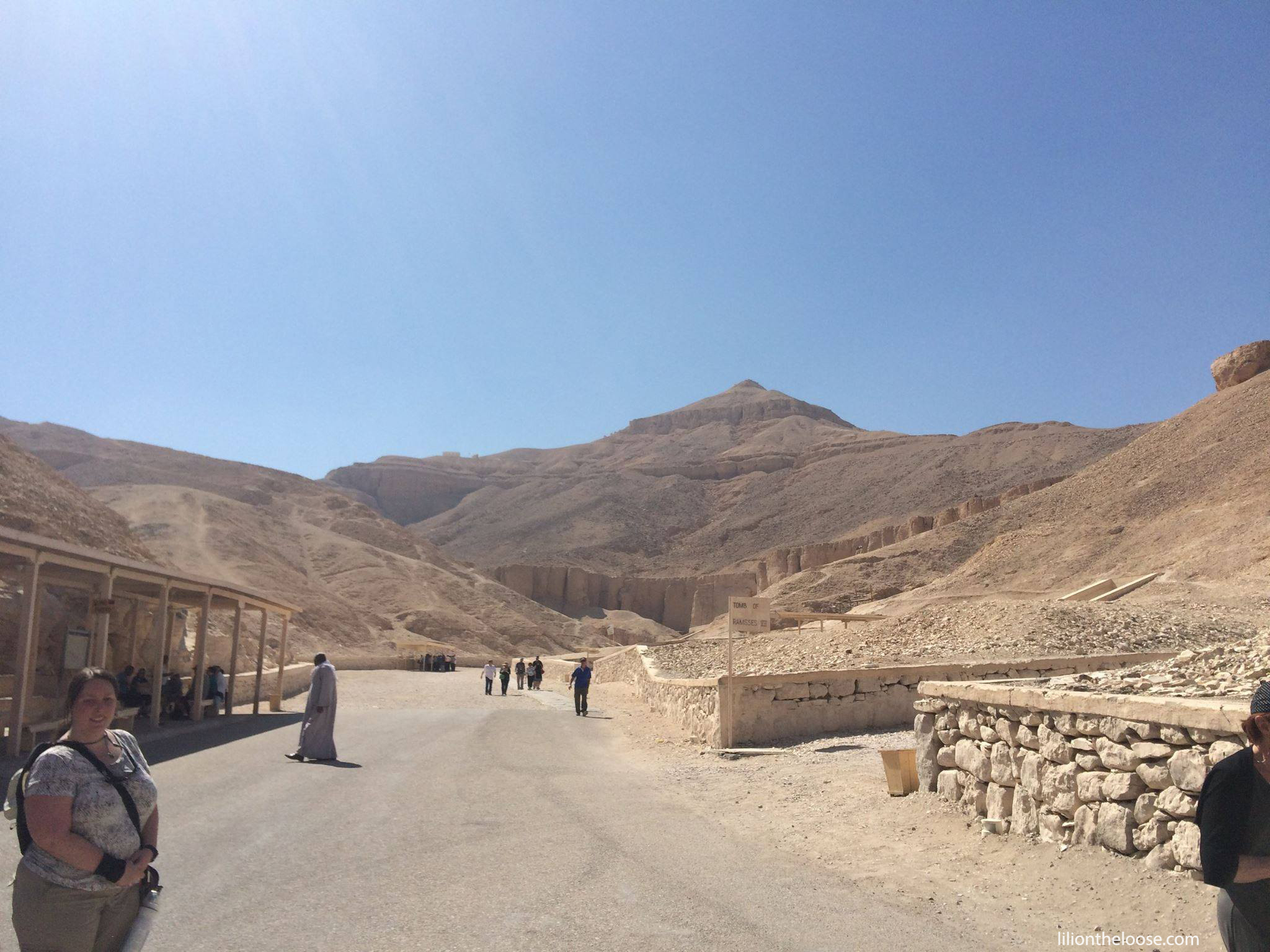
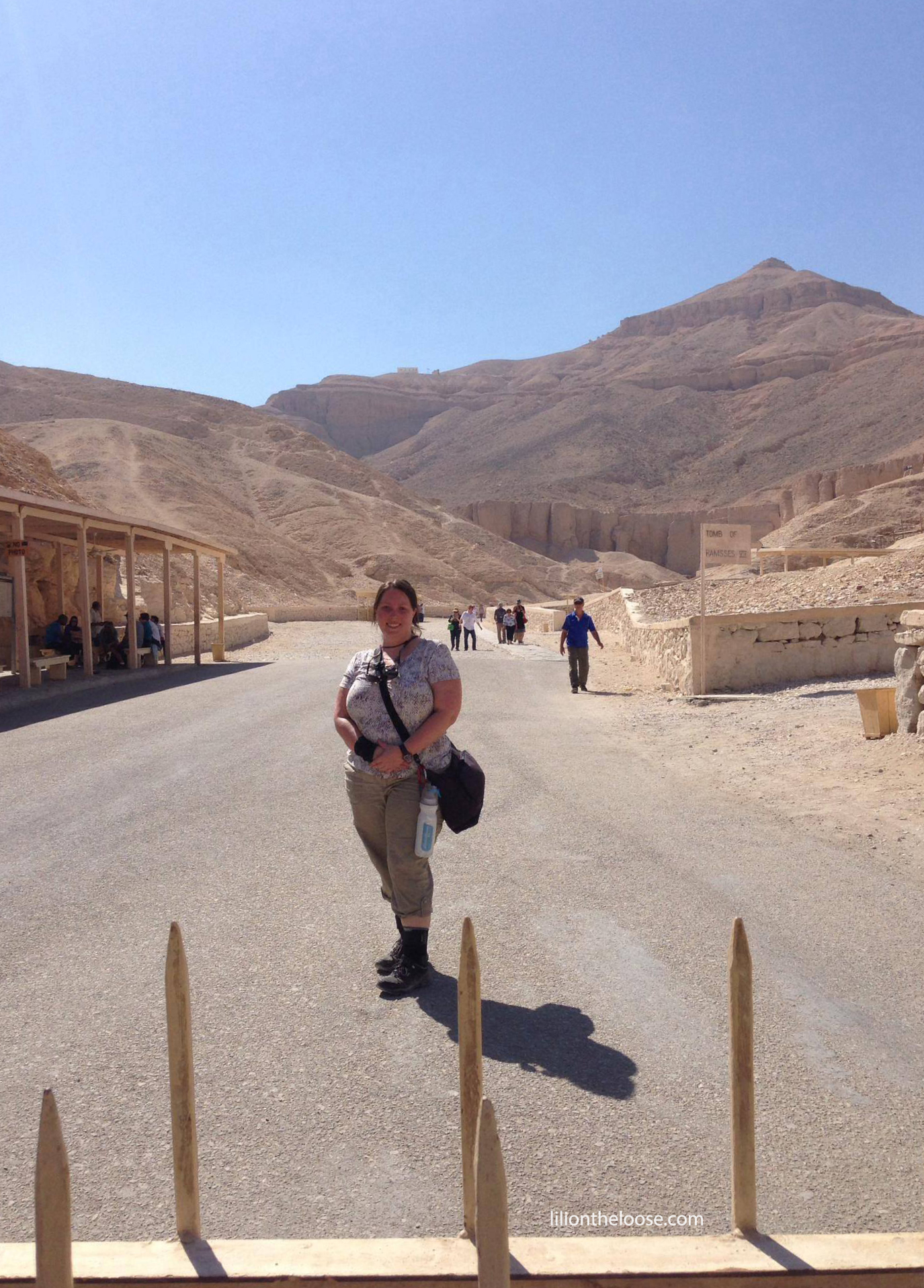
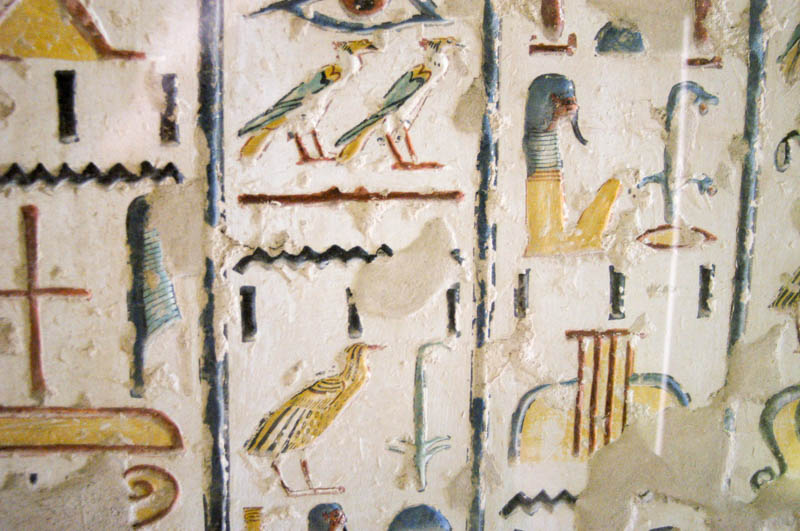
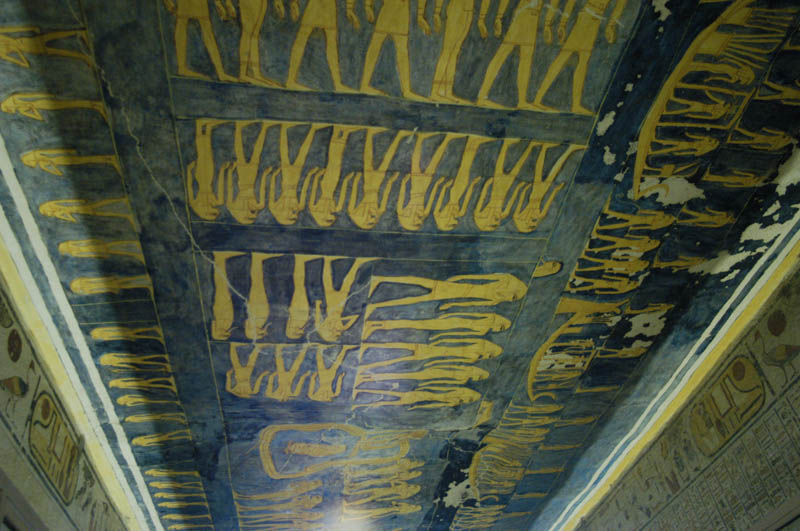

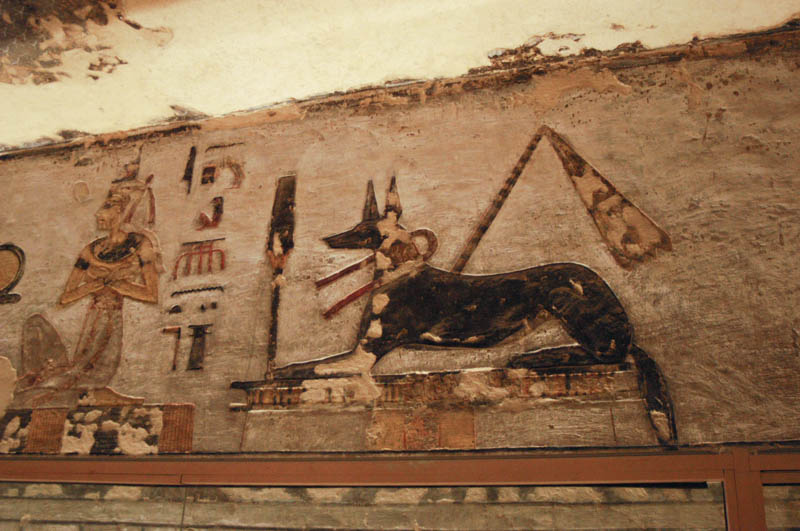

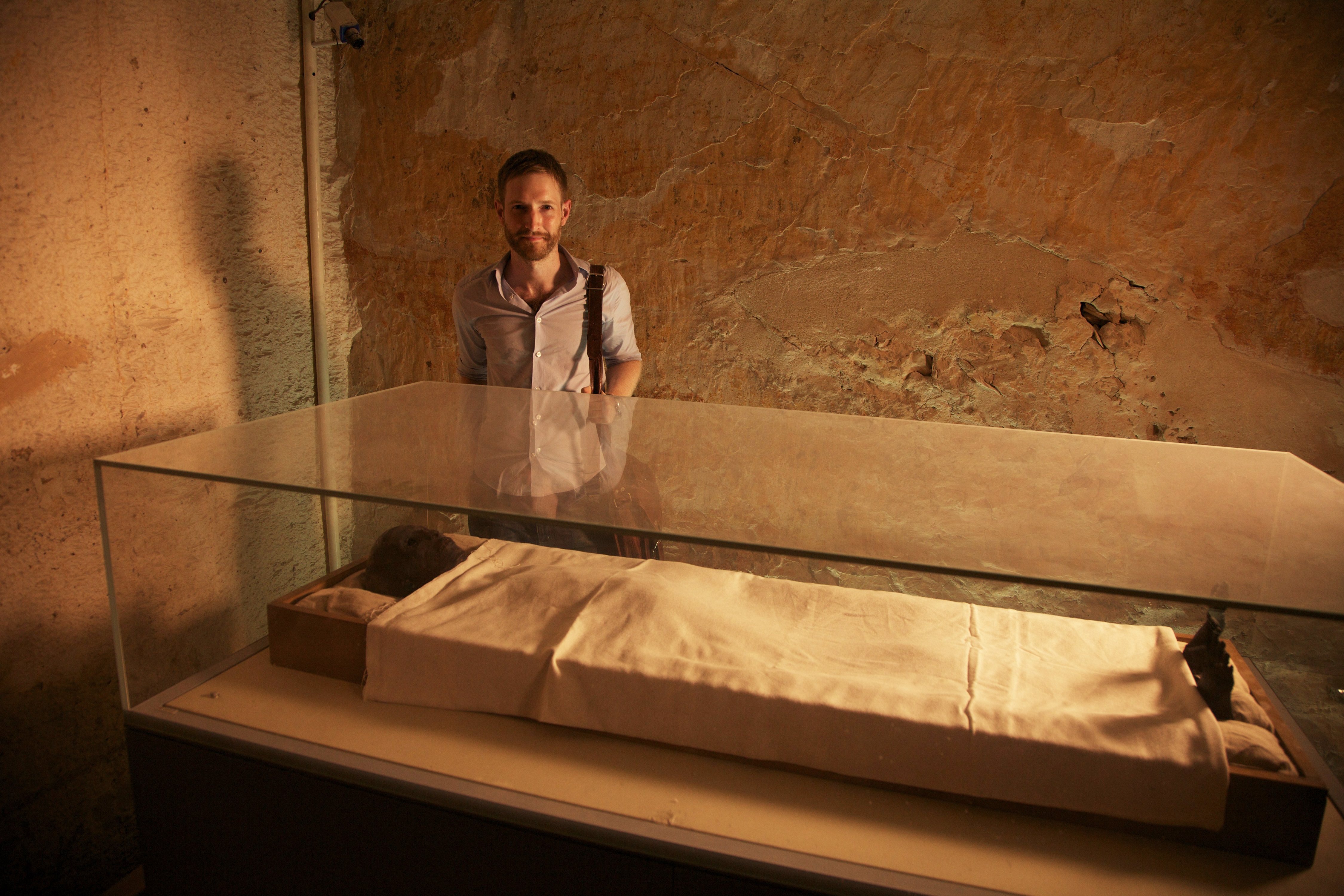
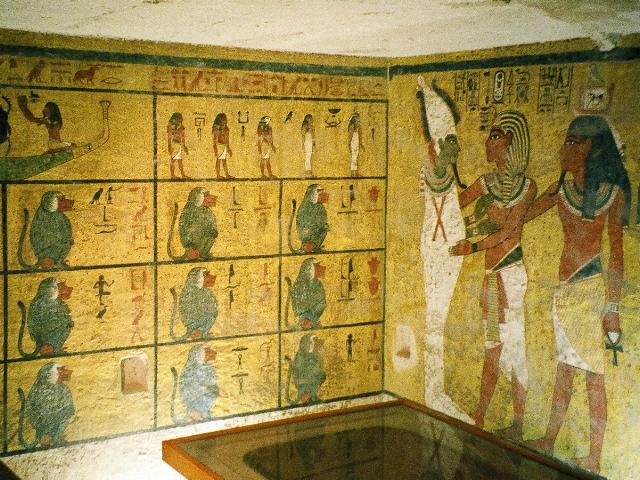

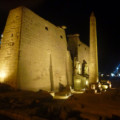
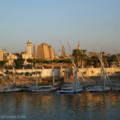
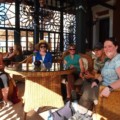
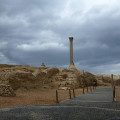
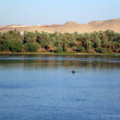
Leave a Reply